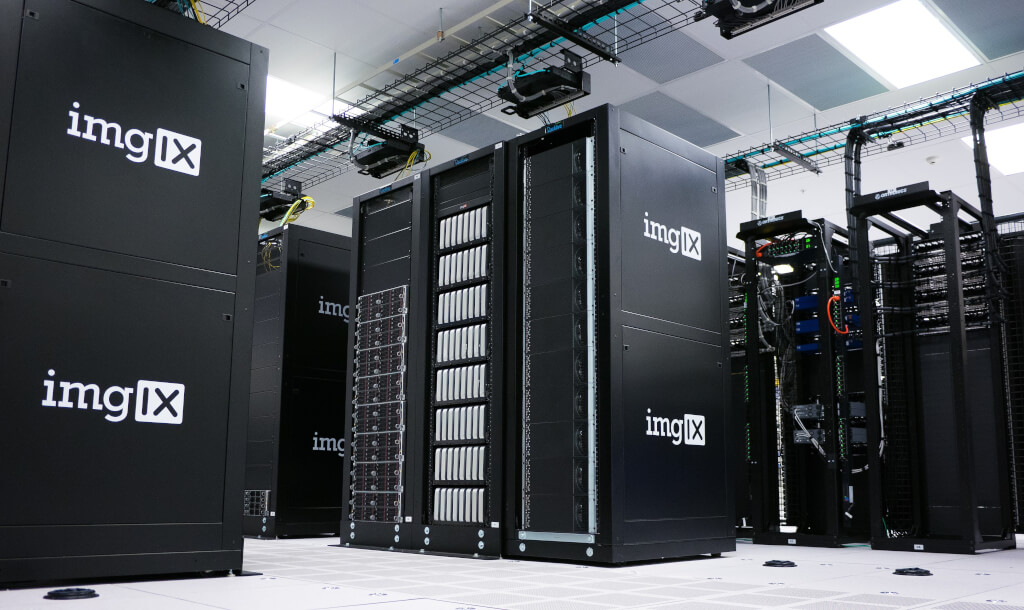The rapid changes in the IT landscape over the past few decades have left many businesses with disconnects and data silos throughout their organizations. Moreover, the costs of creating custom codes in-house or managing mismatched data sets can cause frequent communication errors, cash flow issues, and even budgetary cuts. Fortunately, it’s not all bad news. Organizations can gain value by opting for partners that can offer customized solutions for sharing information and up-to-date data across all departments while also solving specific problems within distinct departments.
The Evolution of IT Architecture in the 20th & 21st Centuries

There is a major disconnect between the standard processes companies use for day-to-day activities and the rapid evolution of the broader IT landscape. Over the past 30 years, constantly evolving systems have caused disjointed and perhaps even weak IT architectures, particularly in larger commercial enterprises. Toward the end of the 20th Century, the Digital Revolution (Industry 3.0) saw major changes for both businesses and consumers, with computers and the internet becoming widely available to almost anyone.
The Digital Revolution literally changed the way people communicated and conducted their daily lives. Letters became emails, brick-and-mortar shopping moved to the virtual sphere, and CDs and tapes shifted to digital MP3s. And these examples are just scratching the surface. In the world of business, the internet and IT networks drastically changed how companies operated, yet the vast majority of overarching business models remained stagnant. Traditional processes were favored over newer, more innovative solutions for collecting, harvesting, storing, and utilizing data effectively.
More recently, the Cloud Revolution (Industry 4.0) has given businesses few options but to dramatically change their processes to remain competitive. This shift has been even more profound in the late 2010s and early 2020s. Now, organizations of varying sizes can collect and record massive amounts of data much faster and cheaper than ever before. However, a large number of organizations have worked to accumulate massive data sets but failed to utilize and organize the data in effective ways across every department.
Why Organizations Fail to Use Data Effectively

The Cloud has made the capture and storage of so much data accessible and affordable to nearly anyone, including fledgling startups. However, the Cloud is not a fix-all solution. It is simply a storage solution that cuts costs and makes data easier to organize and analyze. Issues arise when large enterprises fail to use interdepartmental communication and data-sharing to get the most out of these massive data sets.
In an environment where data is king, businesses have been rushing to capture as much data as possible to stay at the forefront of their respective industries. However, this quickly led to fear of poor data security and a wide range of cyber-security concerns. Now, companies are retroactively scrambling to implement cyber security protocols while still using fragile and aging IT infrastructures.
One industry that has been particularly slow to adapt is the aerospace and defense sector. Historically, it has been slow to integrate new technologies, particularly since cyber security is one of the biggest concerns among A&D organizations. However, platforms like Microsoft Azure Government Cloud have been built to meet and even exceed the cyber security requirements for both classified and unclassified U.S. government data. In doing so, large SaaS providers have helped the A&D sector slowly shift to modern, more efficient data management solutions.
The Power of Data: The Oil of the 21st Century

Few (if any) people are old enough to remember the great oil boom that transformed the global economy and literally fueled the industrial revolution. However, we are currently living in similarly transformative times. The technological advances of Industry 4.0 have made it simpler, faster, and more affordable for systems and programs to communicate with one another via standardized connection methodologies (e.g. APIs). At the same time, these advances allow data to be collected and accessed across an IT architecture known as the System of Systems (SoS). In an SOS, the technical framework designates how the system will be employed by users in an operational setting, the internal and external relationships among constituent systems, and the end-to-end functionality and data flow throughout the system.
By working to achieve a single data source, wherein a business no longer has the need to duplicate or export data, an organization has a controlled access point to the data via a single data hub (maintained with the core ERP Platform). The greater the size of data collected, the better visibility and insight for the business. By having greater access and data organization, businesses can develop enhanced strategies and decisions driven by clear, concise, updated data sources. This can lead to advances in a wide range of areas, including operational processes, automation, and business AI.
Gaining Value & Leveraging Data with Dassian
Organizations that learn how to leverage their data more efficiently will ultimately gain a competitive edge over the companies that fail to keep up with emerging business operating models and new technology trends. Fortunately, Dassian has the integrated and standardized solutions suite to meet the needs of project-centered businesses and organizations operating within highly-regulated industries. Our suite of solutions is designed to create a single digital thread across your entire enterprise, allowing real-time access to data you can depend on and utilize to achieve end-to-end outcomes.
Dassian has years of experience managing cloud-based data and helping organizations become more efficient and organized in the process. Contact us today.


